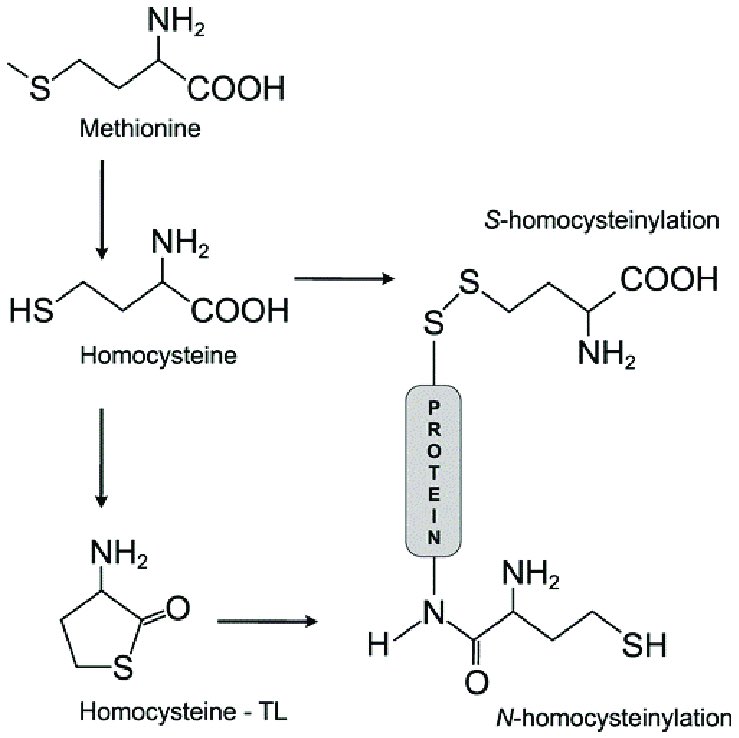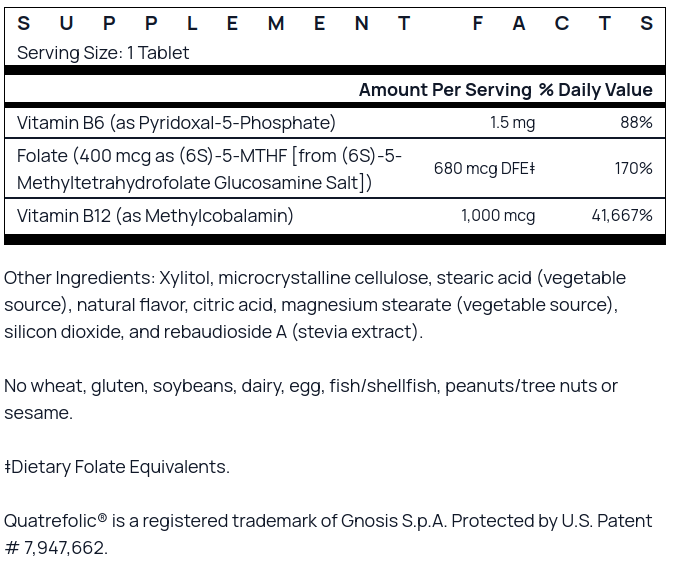adssx
#92
Do a reverse Google Image search as it was just a random image to illustrate the decline.
[EDIT: back on my computer, here it is: Distribution of estimated glomerular filtration rate and determinants of its age dependent loss in a German population-based study 2021]
However I posted a more accurate chart in another thread (I’m on my phone now, not easy to find it…).
[EDIT: Actually I haven’t and I found it hard to find good sources of real GFR and estimated GFR (which one? eGFRcr? eGFRcr-cys?] by age]
1 Like
I would like to test my homocysteine level but it isn’t take in charge by the social healthcare in France. And it is something like 55€. Pretty expensive and and don’t see the point to test it because I supplement with b9, b12 and TMG for years.
Somehow doctors in France think it is a useless test to do.
1 Like
Neo
#94
Thanks a lot @adssx - appreciated
1 Like
Homocysteine acts as a “chain-breaker” for connective tissue proteins like collagen and elastin It does this through a “cyclization” reaction where it spontaneously forms a ring structure, disconnecting the amino acid chain It can either be incorporated into proteins in place of cysteine, or bind sulfur-containing amino acids through disulfide S-S bonds Both create disruption in structure leading to aging

7:30 PM · Jul 26, 2024
4 Likes
adssx
#97
Serum Homocysteine Levels and All-Cause and Cause-Specific Mortality in Korean Adult Men: A
Cohort Study 2024
Compared with the reference category (Q2, 8.8–9.9 µmol/L), there was a significant increase in all-cause mortality associated with both low and high levels after multivariable adjustment (Pinteraction = 0.002). Additionally, in spline regression, a U-shaped association between homocysteine levels and all-cause and CVD mortality was observed (inflection point = 9.1 µmol/L).
Interesting U-curve here. As a reminder, as far as I know, Mendelian randomization studies have never found that homocysteine was causally associated with all-cause or cause-specific mortality. And RCTs have never found significant benefits of homocysteine-lowering interventions.
4 Likes
I have the worst variant of MTHFR, but strangely, without doing anything special my homocysteine has never been high. However for the past few months I’ve been taking TMG 1g/day for exercise, and I think my choline intake is not super low (egg x3 week, cruciferous veg.). My homocysteine measured 3 weeks ago was 7 mcmol/L. I keep reading about how dire my MTHFR is, but can never figure out what I should be looking for to see if I have some effects. My serum B12 is 863 pg/mL. I don’t supplement with B12, other than the cyanocobalamin 6mcg 4 times a week in my B-vitamin pill (salmon or sardine 1-2 tmes a week).
3 Likes
If that is true, lowering Homocystine from 12 to 8 doesn’t seem to move the needle in terms of health. I read somewhere that Hcy was related to RDW and that really moves the needle, maybe we can use RDW instead as our goal.
3 Likes
A_User
#100
I tested mine at 15 µmol/L 
I’m adding Methyl-B12 & Folate and doing some more testing. I thought 2 mg cyanocobalamin a week would be good.
I’m starting to see the value in doing blood tests.
2 Likes
adssx
#101
There’s zero evidence of benefits from homocysteine-lowering therapies. Take methyl-B12 & folate if yours are low, but I would not take them for homocysteine-lowering per se.
4 Likes
A_User
#102
Peter Attia mentioned in the MPMD podcast released recently that they are testing homocysteine and treating it because of this trial.
A total of 168 participants (85 in active treatment group; 83 receiving placebo) completed the MRI section of the trial. The mean rate of brain atrophy per year was 0.76% [95% CI, 0.63–0.90] in the active treatment group and 1.08% [0.94–1.22] in the placebo group (P = 0.001). The treatment response was related to baseline homocysteine levels: the rate of atrophy in participants with homocysteine >13 µmol/L was 53% lower in the active treatment group (P = 0.001). A greater rate of atrophy was associated with a lower final cognitive test scores. There was no difference in serious adverse events according to treatment category.
No that doesn’t seem to be the result 
But there was a follow up post-hoc analysis study of VITACOG where that was the result. I’ll have to read these carefully.
3 Likes
adssx
#103
2010 trial. I don’t think these results have been confirmed in more recent trials, meta analyses and mendelian randomization. And for the association studies we have a u curve above. My two cents:
- If your homocysteine is high it might be a reason to investigate and see what causes it to be high and address the root cause. For instance you might have low B12 and fixing that will fix Hcy. But if your homocysteine is high and you can’t find the cause, for instance if all your B Vitamin levels are optimal, then even though taking vit B will lower your Hcy, I think there’s zero evidence it will help.
1 Like
Neo
#104
Do you give zero weight to that Peter Attia thinks the risk/reward is still good in working to lower it? Not certain of benefit, but a lot of reasons to think it might help with with really bad stuff and the side effects and risks of our / his toolkit is very benign it seems (not talking of dosages of the b vitamins (and creatine, etc) that are crazy high)
The issue is again when things are not patentable as drugs you will not see a lot funding for clinical trials….
Seems like a “picking up a potential 1000-dollar bill in front of a kid on tricycle”
Those bets are good to take in my view - so think I’m with @A_User here.
1 Like
adssx
#105
I give zero weight to what Attia thinks. I give weight to evidence. RCT + MR + association studies don’t show that homocysteine lowering is beneficial. So why would anyone focus on that when there are so many other things to focus on?
6 Likes
adssx
#106
Has Attia commented on that U curve? What are your homocysteine levels? What have you done to reduce it? Why isn't it part of PhenoAge or aging.ai clocks? - #97 by adssx
On the MR studies showing nothing?
Or did he just cherry pick a few papers and concluded that hcy lowering was important?
A_User
#107
Yes, it’s always about the risk vs. reward IMO.
It seems safe to take some methyl B12 & Folate, and possible some small doses of B6 and seeing how homocysteine moves. If the downside is basically nothing any upside is great (but at the same time might be a pascalian mugging, but at worst just time & cost).
He is targeting not above 8 or 9 homocysteine, so it’s optimal for association?
ACM is hard to detect if it’s that you mean.
No he said the paper I linked is the single paper they are pretty much using for their decision making.
1 Like
adssx
#108
Time and cost are massive factors. It’s the opportunity cost of focusing on something else instead.
If that study is correct then you also want to increase it for people that are too low. If he targets 9: fine.
Yes for ACM but no for CVD, AD, PD, etc. and we have MR studies for those with Hcy.
So there are dozens (hundreds?) of papers pointing to another direction but they focus on a small old trial that says otherwise. Why not, they might end up being correct and there might be a case for general Hcy lowering. But this case is not clear to me beyond addressing the root causes of high Hcy.
If I take my example: my Hcy was high (18 umol/L), B6 and B9 optimal. B12 close to the lower bound. So I supplemented with B12. B12 is now high => Hcy now around 12 umol/L. I don’t see additional benefit in doing anything about it.
4 Likes
Neo
#109
Is that correct? I had totally missed that and if so I’d weigh things here in a very different way.
adssx
#110
By “another direction” I meant “lack of benefits” (RCT + MR). However if you add the U curves for homocysteine and for the various homocysteine factors, there might also be detrimental effects (association studies though). I posted everything in this thread I think.
A_User
#111

Okay I’ll try this one to lower homocysteine, I’m doing a bunch of other things at the same time. It has P-5-P in it too (B6), that’s easy. But because I don’t want B12 deficiency I’ll still take 1 mg cyanocobalamin a week or so just in case and until I’m sure this will be enough.
3 Likes